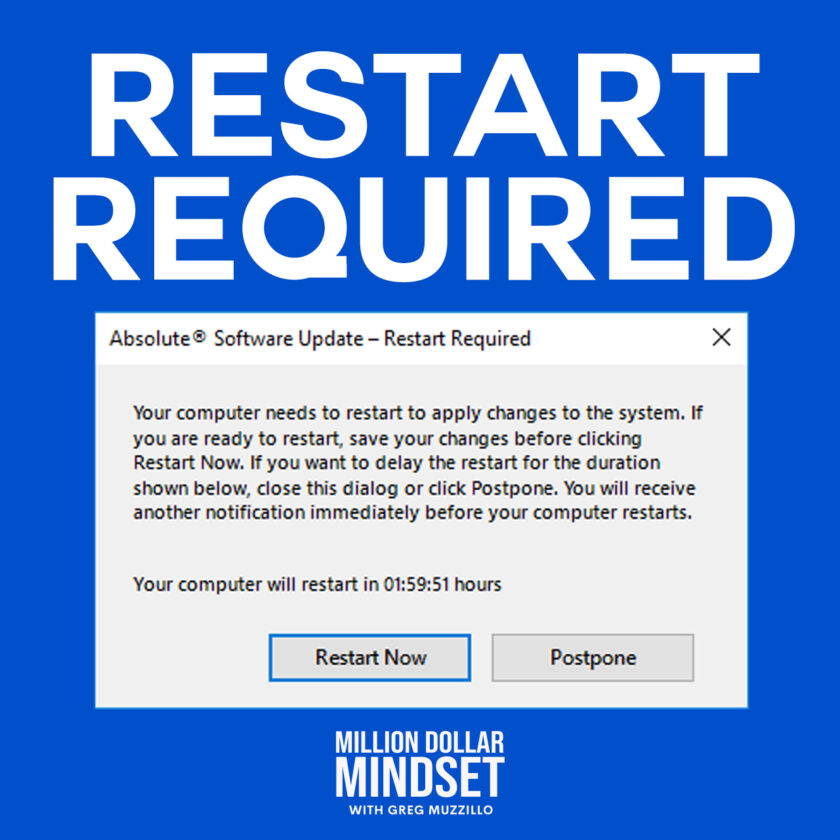A website is one of the most valuable assets a business can have. Today’s digital-first customer evaluates a vendor by the information they find—or don’t find—on their websites.
Your website is open for business 24/7, and it must quickly communicate to your ideal client that you understand their needs and wants, that you speak the same language and they can trust you with their projects. Otherwise those valuable potential clients looking to discuss their projects beyond just the promotional items will not find any reason to contact you.
Studies show that over 90% of consumers visit your website before contacting you and your site only has a few seconds to grab their attention and tell them what you’re all about.
If you’re interested in improving your website, start by identifying what needs to be fixed. Are you making any of these mistakes?
10 Most Common Mistakes Distributors Make With Their Websites
1. Pay Little to No Attention to Their Website
When distributors first get into the business, they typically join one of the major industry organizations in order to be able to purchase from the industry supplier network. As part of their membership they get a “business in a box”-type of package that includes, among other things, a full-featured e-commerce website loaded with products that are constantly being updated, which constitutes, undoubtedly, a highly valuable marketing tool.
These sites can be customized to a degree, including limited SEO. However, most distributors don’t get past plugging in their logo and contact information, leaving the rest as is forever.
The result is that your website is literally invisible to Google. Plus, when someone comes in contact with you and goes to your generic website, they find no information whatsoever about you, your expertise or what you stand for. All they see is a product-centric website with the exact same graphics, marketing message and products as thousands of your competitors.
Chances are this potential client is also being approached by a few other of your competitors whose websites are likely to look very similar to yours. This means the only differentiator becomes price.
2. Bad Design: Either DIY or Outdated
Some distributors recognize the need to differentiate but don’t really want to invest in their websites. Let’s face it, a professionally developed website is a rather high-ticket item. Understandably, with so many free templates and YouTube videos out there, it’s tempting to attempt to DIY to save some cash.
However, while some of you might have the required knowledge and skills, most don’t, so they will look for a free template that appeals to them, fill in the blanks with their information, and call it a day. The issue here is that the sites do look like a DIY job, many times even displaying the website provider’s logo and screaming, “I’m a free website”.
Another common issue is not updating the DIY site. Issues like the platform itself becoming obsolete, broken links, or not working properly in all browsers or on mobile devices, will affect the user experience in a negative way.
The thing is that, being in the branding and image business, your website screams that you don’t pay attention to your own brand, and therefore don’t understand branding.
So when your prospect sees this, you are categorized as a rather unprofessional commodity seller, not a branding expert. And you know what happens when you sell commodities…
3. Talking to Everyone
I’m sure you’ll agree there are several types of people who buy promotional products. If your website talks to the general public, hoping that anyone who’s looking for any kind of promotional products calls you, you are positioning yourself as a general store commodity provider.
Unless that’s your intention, you might want to change that. The first step to correct this is by becoming clear who your ideal client is so your website speaks to them only. This is easier said than done but it’s a critical step to attract better leads and improve website conversions.
Defining those you want to work with will help you stop wasting time with those who are not profitable for you. So when that ideal client goes to your website, your marketing message must speak to them and make them feel that you “get it.”
This is the secret formula to make them feel that they found the right provider and lead them to take the next step in working with you.
4. No Value Proposition
A frequent mistake is to dedicate your homepage to tell the visitor how great you are. They don’t really care. At that point, all they’re looking for is what you can do for them and if you are the right provider.
To that end you must avoid
- Using commonplace phrases that apply to every distributor, such as “I can put your logo on anything,” or that they can “search for thousands of products,” or that you provide the “best service.” These statements are true for every promotional product distributor, so it won’t differentiate you in the least.
- Give them a list of reasons why they should use promotional products. This is just not the time for that. They are way past the consideration stage and already looking for ideas and quotes!
- Listing your credentials, talking about your track record, or how long you’ve been in business. This information belongs on your “about” page.
What to do instead: Tell them how you will make their life easier. That’s what they want to know. Think about their challenges and address them. That’s how you differentiate yourself and become the right choice.
5. Not Showing Their Expertise
Having been a part of distributor mastermind groups for years, I know for a fact that there are many seasoned professionals that have a wealth of knowledge about decorating methods, lines of products, industries, compliance, licensing, and other very specific and important aspects that can affect product sourcing.
However, in looking at their websites there is absolutely no sign of said expertise, which would instantly differentiate them from the pack, showing a web visitor how valuable of a partner they can be.
This is a huge missed opportunity, especially because the market is flooded with younger buyers, who are tech savvy but don’t know much about products and all the customization moving parts.
6. Not Showcasing Their Work
Your own work is the best way to show your creativity, your experience, and the quality of your work.
It doesn’t take much to request your supplier to send you an extra piece when you do an interesting project so you can take photos of it. In fact, you should make it a habit to take photos of completed projects and show them on your website.
7. Ignoring The About Page
Research shows that the “about” page is the most-visited page after the homepage. As it turns out, people want to know who they would be dealing with. Interestingly, most distributors don’t have any information about themselves, and many times, not even their names. If that’s you, start writing your story!
8. Not a Proper Contact Form
When people find your website and have looked through it, they are more than halfway through their buying process. If they are interested enough to contact you, a contact form that asks a few relevant questions will show that you understand their process, and it’s more likely to prompt them to fill it out and contact you.
Include things like “deadline,” “event theme,” “approximate quantity,” and a space for them to provide more details about their request.
That said, don’t ask too many questions. This can be a deterrent to having them fill it out.
9. No Call to Action
This one you’ve probably heard before many times, but since most distributor websites just don’t have one at all, it’s worth repeating.
You basically need to tell people what you want them to do in a clear, blunt way, and have it on every page of your website.
Making assumptions that they’ll know where to click is just not going to cut it.
10. Not Using Google Analytics
Google provides a whole suite of free tools to track your site performance and give you a wealth of knowledge of who your website visitors are, what interests them and what are your sources of traffic, among other information.
Not taking advantage of this valuable and free resource is a missed opportunity. It does take some time to set it up, but once in place, you will be able to see what’s working and what’s not, and the adjustments your website needs in order to improve your results,so you can turn your website into the sales tool it should be.
The Point
The bottom line is that in this highly competitive environment where potential clients turn to the internet to look for solutions, your website is your most important marketing asset and you must take it very seriously.
If you get mostly calls from price shoppers, it’s time to take a hard look at your website and do something about it. Your potential perfect clients are also searching the internet for a provider like you. If they happen to find you, make sure your website sells your expertise and value added, and persuades them to take the next step.
This article was first published in the ActionMarketingco.com blog. If you’re interested in more digital marketing information specific to the distributor business, visit the Resources section of our website.



